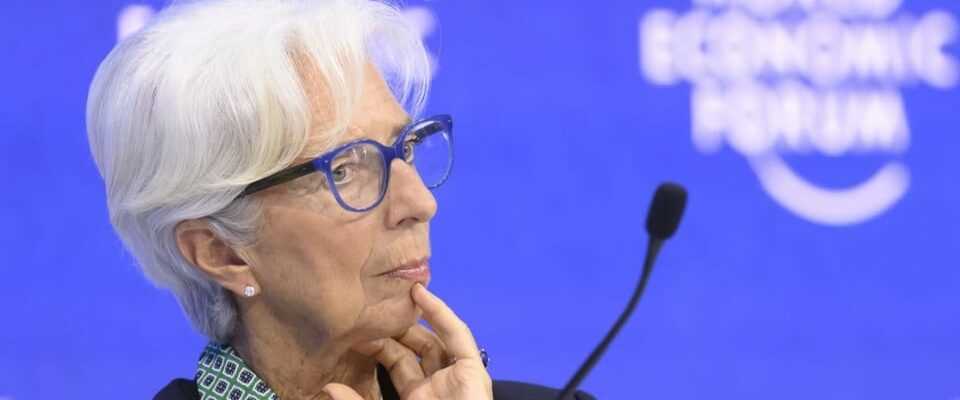contents
Stagnation and inflation at the same time is a nightmare scenario for the economy. Can it still be avoided?
The nightmare scenario for all economists and central bankers is stagflation: stagnation and inflation at the same time is particularly critical. Because it means prices will continue to soar even as the economy slows.
It is different in a normal economic downturn. The prices usually go down as well. And that eases the pain of the downturn for consumers because – without inflation – at least the purchasing power of wages is secured. But now, says Gita Gopinath, deputy head of the International Monetary Fund (IMF), the risk of stagflation in parts of Europe is real. There is therefore a threat of growth slumps with high inflation.
Legend:
Christine Lagarde, head of the ECB, expects interest rates to rise.
key stone
Europe’s economy is already feeling the inflationary pressure from higher energy, commodity and food prices. The Ukraine war and the sanctions against Russia have increased this pressure, says the Indian-American economist in an interview with SRF News. But she doesn’t expect the economy to falter for that reason alone. It is still possible to take action against inflation. In concrete terms: the European Central Bank (ECB) could raise interest rates in order to curb inflation without stalling the economy.
Lagarde: Time is ripe for a rate hike
In fact, ECB boss Christine Lagarde, also present at the WEF, hinted in a blog post this week: In the summer, the time is likely to be ripe for the first gradual rate hikes in a long time. However, it is questionable whether the ECB can effectively bring inflation under control with this.
Because central banks are fundamentally powerless against important drivers, such as the shortage of Russian gas supplies or the disruption of global supply chains due to Corona and the Ukraine war, says British economic historian Adam Tooze, who teaches at Columbia University in the United States. Tooze warns that you can’t buy more petrol or gas just because you raise interest rates. The central banks would have to use a mallet to smash aggregate demand with an intentional interest rate shock instead of slight interest rate adjustments.

Legend:
The headquarters of the European Central Bank in Frankfurt (D).
key stone
And one thing is clear: ECB boss Lagarde will never, ever do that. Nobody expects such a brute policy from the European Central Bank.
take inflation concerns seriously
Instead, from the point of view of many economists, it is now primarily a matter of influencing the inflation expectations of the population and companies. It could therefore make a difference if the ECB signaled that it was taking inflation concerns seriously among people who were having to pay more and more at the pump and when they went shopping. And that the ECB stops flooding the economy with cheap money. From this point of view, it is advisable to raise interest rates sooner rather than later, agrees Gopinath from the IMF.
Even if the ECB were to raise interest rates for the first time this summer, that would merely normalize monetary policy.
The United States is already further along, where the central bank has already raised interest rates twice this year – and announced additional steps. However, according to Harvard professor Jason Furman, inflation in the USA is much more of a home-grown problem. Now the US central bank has to act and at best even accept a mild recession. Otherwise there is a risk of a major recession due to excessive inflation.
